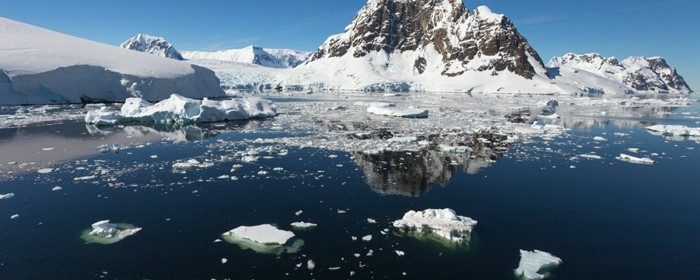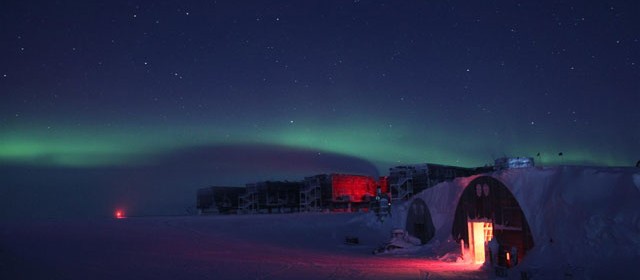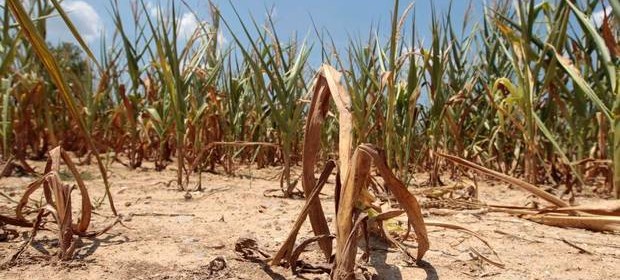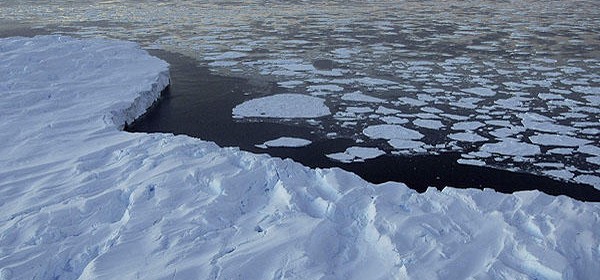Changing climate leads to more wildfires

The monster forest fires rampaging across the Western states may soon be the norm, thanks to climate change. New research indicates that as rainfall diminishes and vegetation dries out on a warmer planet, the West is headed into a more fire-prone future,” wildfire specialist Max Moritz tells the Los Angeles Times. After studying satellite imaging of fires and data from […]
Read more








